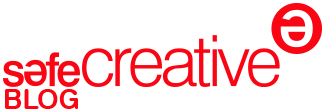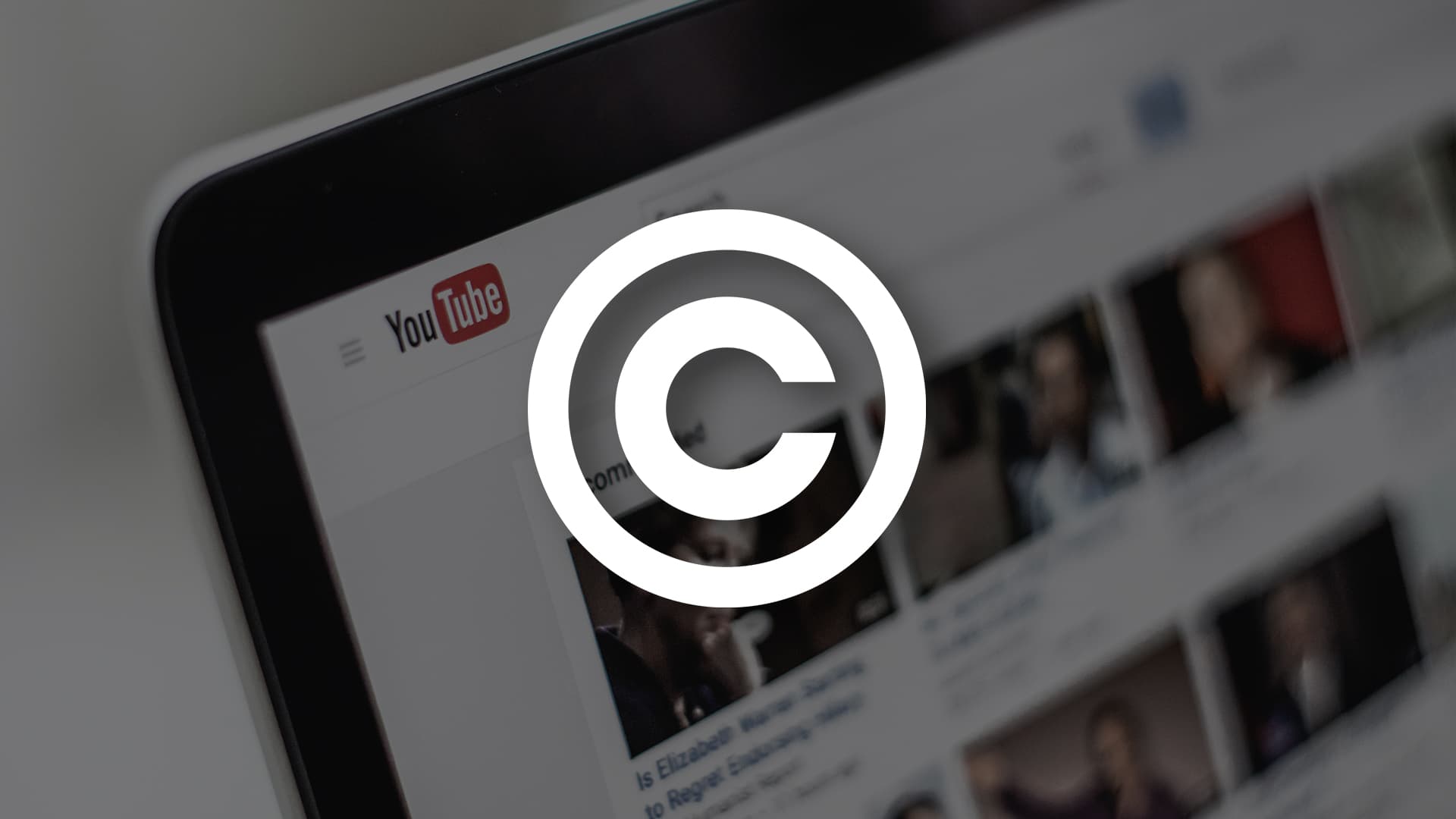
What is Copyright on Youtube?
Many people know that artistic or literary works are protected by copyright. But did you know that there is also copyright on YouTube?
Copyright gives the creator of a work all rights to it. This means that no one can use it without permission, unless the author indicates otherwise.
What is copyright on YouTube?
Digital platforms, including social networks, must comply with current legislation and that includes copyright on YouTube. However, this issue raises a number of questions for content creators and youtubers, and our goal is to clarify them.
To begin with, it is important to define the geographical area of action, since as you know each country is governed by its own laws. In addition, in cases where the subject matter crosses borders, it is advisable to find out whether there are international treaties. We anticipate that, in this case, there are.
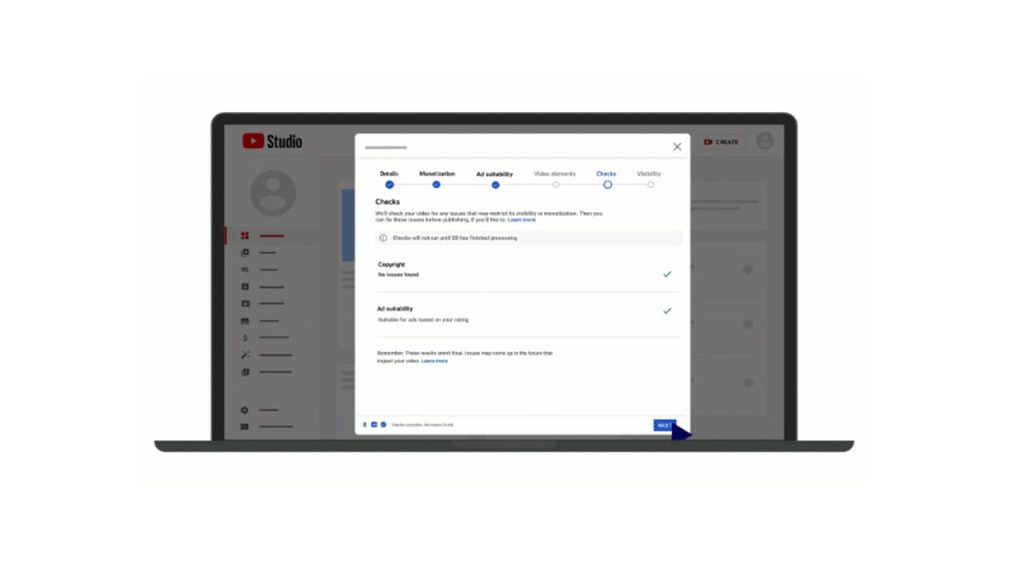
In this context, and in order to avoid confusion, YouTube has developed its own copyright policy, which sets out how to act taking into account the geographical area of the creator. Broadly speaking, YouTube’s copyright states that:
- Creators must only upload their own original videos, unless they are authorized to use third-party content. And they make it very clear that this includes “music tracks, snippets from copyrighted programs and videos created by other users”.
- There are exceptions to copyright, i.e. laws that allow the reuse of copyrighted works without obtaining permission. And here they make a clear differentiation according to geographical area:
2. 1. The “use fair” in the United States, which we will explain in detail later on.
2. 2. The exceptions in European Union countries, which are more restrictive. To be able to use third-party content, it must fit into one of the categories of Article 17 of the EU directive on copyright in the Digital Single Market. And they are: quotations, criticism, reviews, cartoons, parodies and pastiches.
2. 3. In countries such as Canada, the United Kingdom and Australia there is a hybrid concept, as U.S. fair use is contemplated, provided that it also fits into certain categories of the European regulation.
- 3. A key point is that YouTube recognizes the Berne Convention, an international treaty that allows the use of a third party’s content as long as it fits into specific categories. For example, quotations or informational purposes.
How does copyright work on YouTube?
This platform states that one of its objectives is to “facilitate the free flow of ideas and creative talent”. Therefore, YouTube’s copyright seeks a balance between respecting the copyright of the rights holders and the freedom of expression of creators, which may be protected by exceptions.
It would be logical that right now you are asking yourself: and how can YouTube review all the content on its platform to ensure compliance with the law? The answer, below.
The YouTube copyright issues detector
YouTube is the largest video platform on the Internet. As of 2022, an average of 300 hours of audiovisual material is uploaded every minute. So the obvious question is: how does YouTube control all this content? The social network has Content ID, an “automatic identification system to easily detect and manage copyrighted content.” It works like this:
- Videos uploaded to YouTube are compared against a database that copyright holders send to the platform.
- If Content ID detects a match, a claim is applied. Taking into account factors such as geographic location and others, copyright infringement can result in:
– Video blocking.
– Demonetization of the video.
– Reduced visibility and tracking of video audience statistics.
A copyright infringement could seriously damage the viewability and monetization of your channel, so give this aspect the time it deserves. If you don’t respect these rules, any user could file a takedown request for your video.
Content ID is not available to everyone. YouTube only allows its use to copyright holders who meet certain criteria, in addition to having “exclusive rights to a substantial amount of original material uploaded to YouTube”.
How does YouTube apply fair use.
“Fair use” is a term originating in the common law system to regulate the free and gratuitous use of works for the purposes of criticism, commentary, news, reporting and teaching.
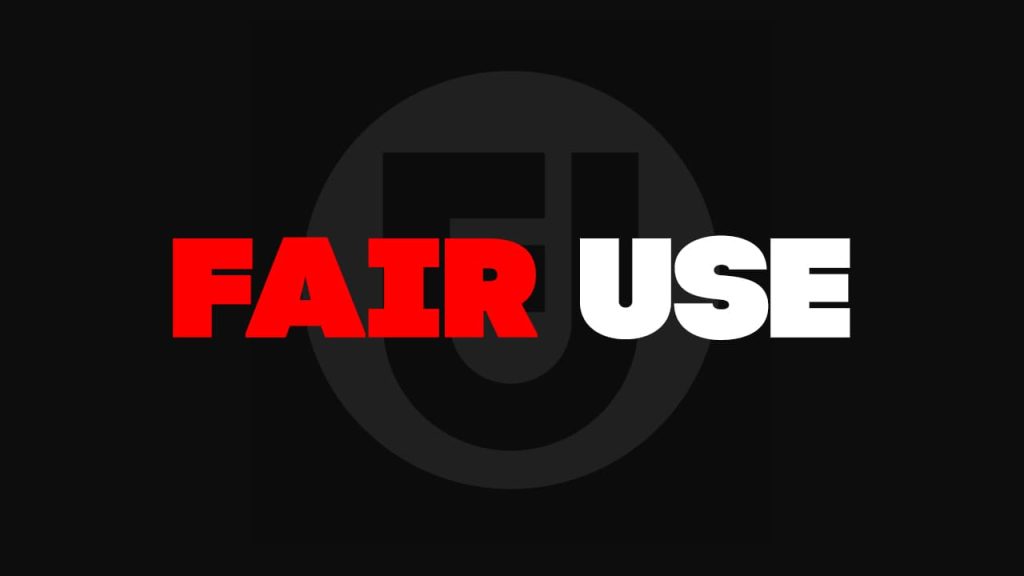
In order to avoid excesses, there are 4 criteria that define the “fair use” of a work, and they are:
- The commercial or non-profit purpose and nature.
- The nature of the protected work.
- The volume of the fragment used and its importance in relation to the whole work.
- The effect that such use could have on the market or on the value of the work.
It should be noted that in the European Union, this legal concept does not exist as such, so there is some debate about its application.
Learn if a song or video is copyrighted on YouTube
We’ve talked about how YouTube tracks and identifies all copyrighted content, but this happens after the video is uploaded and you may have already “dropped” a claim or two that could affect your channel.
How can you make sure that your video does not infringe copyright before uploading it? Very simple, with Checks, the tool that allows you to check, never better said, if your content is suitable for publishing. This way, your channel will not suffer any consequences and you will be much more relaxed.
To use it you don’t have to download anything, it is simply one more step (optional) that you will find in the process of uploading a video to YouTube. In addition to checking the copyright, it will also give you information about advertising restrictions.
How to put copyright on YouTube and avoid problems
Don’t be overwhelmed by the exceptions that exist in content creation. The truth is that you have many possibilities, and we are going to tell you all of them to satisfy your creative spirit.
Original video on YouTube
If you as a creator create, record and edit your own video, original content, and upload it to YouTube, it will be protected by copyright. In this case we are talking about the fact that no third-party elements or content have been used.
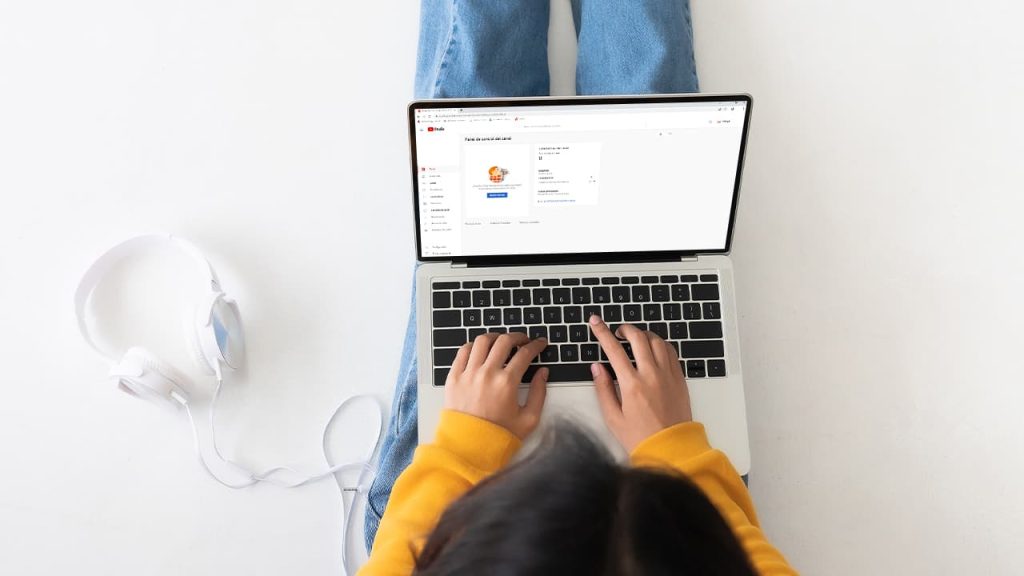
Ask permission from the rights holder
If you are going to use, for example, a song for your video, you must ask the creator for permission and the creator must give it to you in written form. For that you will have to contact the creator.
Using Creative Commons licenses
You can always opt for music with Creative Commons license, through which the author gives some of his exploitation rights under specific conditions.
In this article we explain the different licenses that exist.
Public domain works
You can also use a public domain song, which means that anyone can use it freely.
If you still think that there are not enough options to create content respecting copyright, YouTube offers creators these two tools:
You will find sound effects and royalty-free production music. To access all this content, log in to YouTube Studio and select Audio Library from the menu on the left.
Another option is Creator Music. A platform that allows creators participating in the YouTube Partner Program to use commercial music by licensing songs or sharing revenue from their videos with rights holders.
Does registering a work also protect copyright if I upload it to YouTube?
To talk about copyright registration and YouTube, we need to address several issues:
- Every author, by the mere fact of creating a work, is entitled to copyright. Regardless of the latter, you can, if you wish, register it or not. Considering the legislation, it is not mandatory, although it is always advisable to obtain proof of authorship.
- When using third party platforms, in this case YouTube, you accept the terms and conditions of the same. So from the moment of acceptance, you are yielding certain rights over your own works to the platform. This is independent of the registration you make.
- You should keep in mind that if you choose to use third-party platforms such as YouTube, you will not have all the rights to your work. As we said in the previous point, by accepting the terms and conditions, you have voluntarily assigned some rights, even if you have previously registered the creation.
